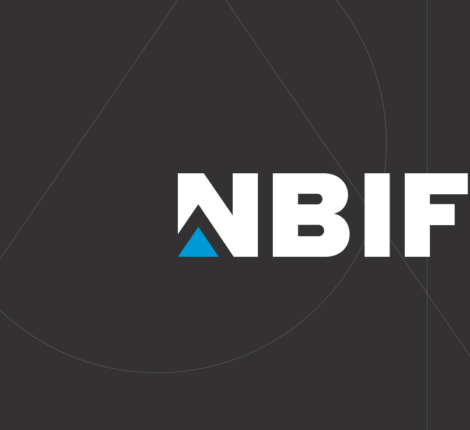- November 4, 2009
- Applied Research
- Comments : 0
Laboratory being primed for mineral exploration – Telegraph Journal
A University of New Brunswick researcher is set to open an industry-focused laboratory worth more than $800,000 in Fredericton meant to help target mineral exploration in the province.
Chris McFarlane’s laboratory equipment at the University of New Brunswick will be used for university research and by geologists with the Department of Natural Resources, as well as industry firms. The New Brunswick Innovation Foundation is investing $165,000 in the lab. The Canadian Foundation for Innovation, five industry partners and the university are also helping fundi the research space.
The research space will include a laser and mass spectrometer – the first available for use in New Brunswick – which will allow for micro-scale analysis of minerals.
The New Brunswick Innovation Foundation announced Tuesday it is investing $165,000 to help build the lab for Chris McFarlane, a geologist at the university’s faculty of science who has expertise in mineral geochemistry and geochronology.
The organization is adding to funding from the Canadian Foundation for Innovation, five industry partners and the university.
The lab’s equipment will be used for university research and by geologists with the Department of Natural Resources, as well as industry firms.
To narrow exploration work, it helps to identify the age of minerals, their concentrations and their chemical signatures – or “fingerprints,” McFarlane said.
“In terms of mineral exploration, to do mineral exploration successfully, you need to know the age of the rocks you’re exploring in,” he said, explaining that if a firm can find others of similar age, it could lead to a discovery.
Mining companies and geologists like to know what chemical signatures will occur around a deposit of gold, for example, to find out where more gold could be found.
The laser and mass spectrometer in McFarlane’s lab will allow him or another technician to take an existing ore deposit and study its alteration halo – a border of minerals – around a vein deposit.
“It allows us to very rapidly fingerprint those chemical processes,” he said.
“The advantage of studying these halos is they’re much bigger so they provide a bigger target.
“Once you get in an alteration halo, you can chemically fingerprint it to see if there’s an ore deposit nearby.”
McFarlane has worked with Freewest Resources Canada Inc. (TSX.V:FWR) on its Clarence Stream gold exploration property; Xstrata Zinc in the Bathurst Mining Camp; and Adex Mining Inc. (TSX.V:ADE) on its Mount Pleasant indium-tin tungsten-molybdenum property.
McFarlane said Umoe Solar AS, a Norwegian company building a solar energy components plant in Miramichi, may be interested in having work done at his lab.
“This will also be used to characterize silica wafers, the new solar cell material that’s going to be developed as part of that program,” he said.
The laser acts like an aerosol can, turning any material in its path into vapour. The mass spectrometer is then used for analysis.
“You can put anything under the laser and it will vaporize it,” McFarlane said. “It will allow for a whole new suite of problems we can answer.”
Calvin Milbury, the president and CEO of the innovation foundation, said he hopes McFarlane’s laboratory and partnerships with industry firms will lead to new mineral discoveries in New Brunswick.
“Chris McFarlane has existing ties to industry. So we can be assured the research he’s doing will have relevance to industry and an economic impact on the province,” Milbury said of the organization’s investment.
“For us, that builds capacity and potential to bring out additional innovative research at the university.”
The announcement was made in conjunction with the Exploration, Mining and Petroleum New Brunswick conference that wrapped up Tuesday in Fredericton.
By Rebecca Penty, Telegraph Journal

